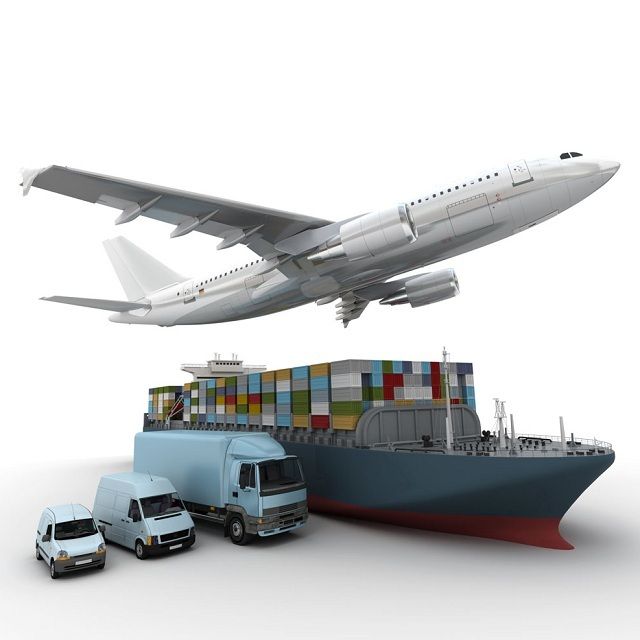Whether you’re a large business or a small enterprise, shipping costs can quickly cut into your bottom line. However, with a few strategic adjustments, you can reduce shipping costs while still maintaining efficient and timely deliveries. Both air and sea freight have their advantages, and knowing when and how to use each can make all the difference in managing expenses.
Tips to Reduce Shipping Costs:
- Consolidate Shipments:
Sending multiple small shipments can be much more expensive than consolidating them into one larger one. Whenever possible, group smaller shipments into a single larger one to take advantage of bulk shipping discounts. For businesses with frequent deliveries, this could result in significant cost savings over time. - Choose the Right Shipping Method:
Air freight is ideal for urgent, lightweight shipments, but for bulkier goods, sea freight is usually more economical. For example, if you’re shipping electronics, air freight is perfect because it ensures speedy delivery with less risk of damage. However, for heavy, non-urgent items like furniture or machinery, sea freight is a much cheaper option. Assess the size, weight, and urgency of your goods to determine which method suits your budget best. - Optimize Packaging:
Packaging isn’t just about protection—it also affects your shipping costs. Using excessive packaging or poorly arranged items can increase the volumetric weight of your shipment, which will raise the cost, particularly for air freight. By packing items more efficiently and using lighter materials, you can significantly cut down on shipping expenses. Don’t forget that carriers charge based on both weight and size, so make sure your packaging is compact. - Negotiate with Carriers:
If you ship regularly, negotiating better rates with your freight carrier is essential. Shipping companies value loyalty, so building a relationship and negotiating contracts can get you discounted rates. Larger businesses often benefit from volume discounts, but even smaller businesses can find cost-effective solutions by regularly using the same carrier. - Use a Freight Forwarder:
Freight forwarders act as intermediaries between shippers and carriers. They often have access to better rates because of the high volumes of shipments they handle. Freight forwarders can also help you with customs clearance, reducing the risk of delays and additional costs. By using their expertise, you can ensure that you’re getting the best deal for your shipping needs. - Plan Ahead and Ship Early:
Last-minute shipping is always more expensive. By planning your shipments in advance, you can choose more cost-effective options like sea freight rather than having to rely on expedited air freight. Planning ahead also allows you to avoid seasonal spikes in prices, which often occur around major holidays.
Conclusion: Reducing shipping costs doesn’t have to mean sacrificing speed or quality. By consolidating shipments, optimizing packaging, and working with a freight forwarder, businesses can reduce their expenses while keeping deliveries efficient. Every step you take to streamline your logistics can positively impact your bottom line.
Ocean and Air logistics services ensure your goods get where they need to be, on time and in perfect condition. Let’s get started—contact us now!
Visit www.oandalogistics.com or send an email to info@oandalogistics.com to get started.


